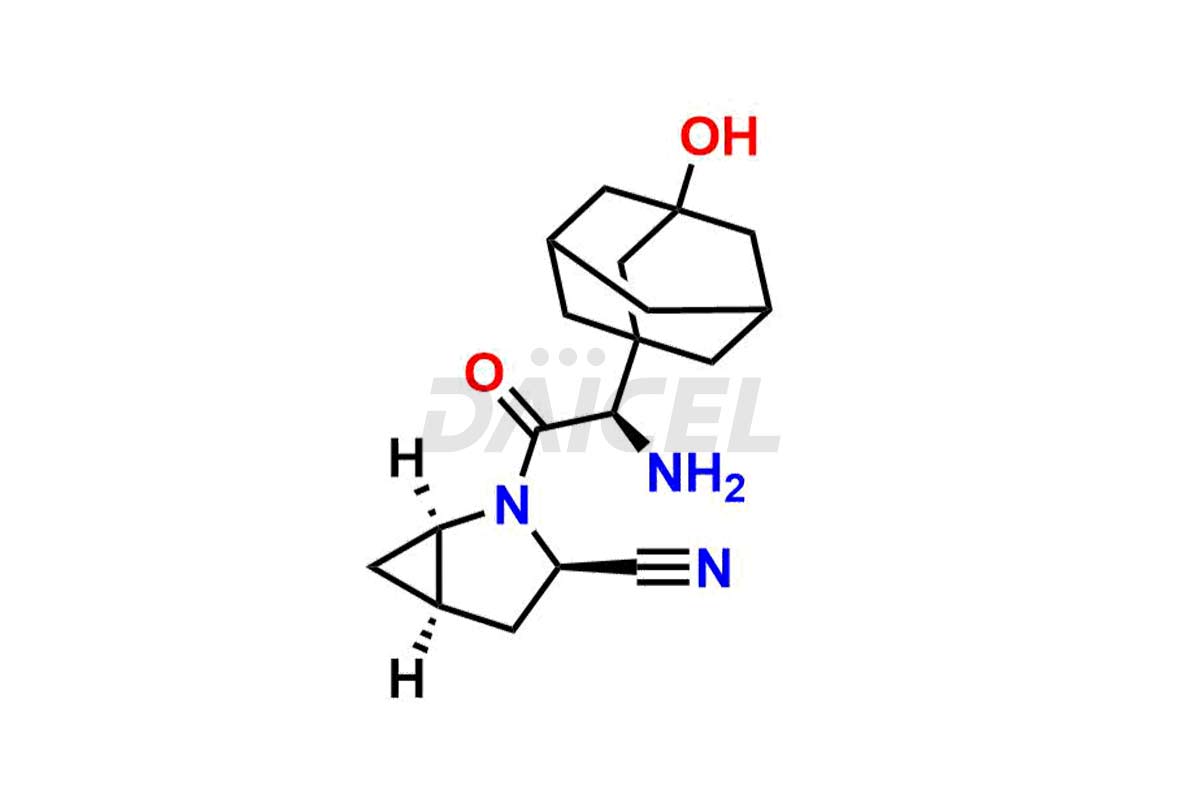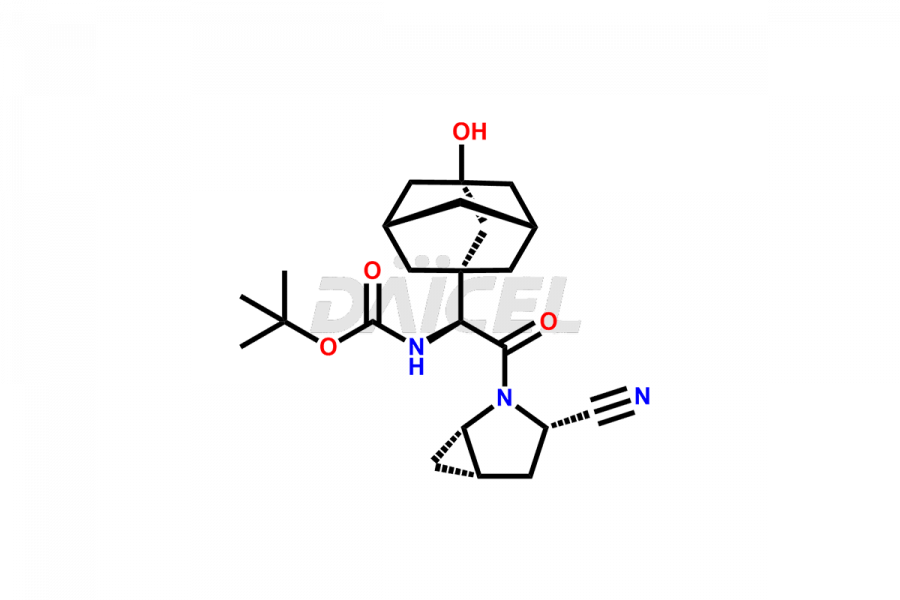Saxagliptin
References
- Robl, Jeffrey A.; Sulsky, Richard B.; Augeri, David J.; Magnin, David R.; Hamann, Lawrence G.; Betebenner, David A., Cyclopropyl-fused pyrrolidine-based inhibitors of dipeptidyl peptidase IV and method, Bristol-Myers Squibb Co., United States, US6395767B2, May 28, 2002
- Xu, Xiaohui; Demers, Roger; Gu, Huidong; Christopher, Lisa J.; Su, Hong; Cojocaru, Laura; Boulton, David W.; Kirby, Mark; Stouffer, Bruce; Humphreys, William G.; et al, Liquid chromatography and tandem mass spectrometry method for the quantitative determination of saxagliptin and its major pharmacologically active 5-monohydroxy metabolite in human plasma: Method validation and overcoming specific and non-specific binding at low concentrations, Journal of Chromatography B: Analytical Technologies in the Biomedical and Life Sciences Volume: 889-890, Pages: 77-86, 2012
Frequently Asked Questions
Why is the presence of impurities a concern in Saxagliptin?
Impurities in Saxagliptin can impact its quality, safety, and efficacy. Depending on the nature and level of impurities, the drug's pharmacological activity and stability may pose risks to the patient's health.
How are impurities detected and quantified in Saxagliptin?
Saxagliptin impurities are detected and quantified using analytical techniques such as high-performance liquid chromatography (HPLC) and the Ultraviolet method.
Which solvents help in the analysis of Saxagliptin impurities?
Water and Methanol are commonly used as a solvent in analytical techniques like high-performance liquid chromatography (HPLC) to separate and detect Saxagliptin impurities.
What are the temperature conditions required to store Saxagliptin Impurities?
Saxagliptin Impurities should be stored at a controlled room temperature between 2-8°C or as indicated on the Certificate of Analysis (CoA).
Note: Products protected by valid patents by a manufacturer are not offered for sale in countries having patent protection. The sale of such products constitutes a patent infringement, and its liability is at the buyer's risk.


